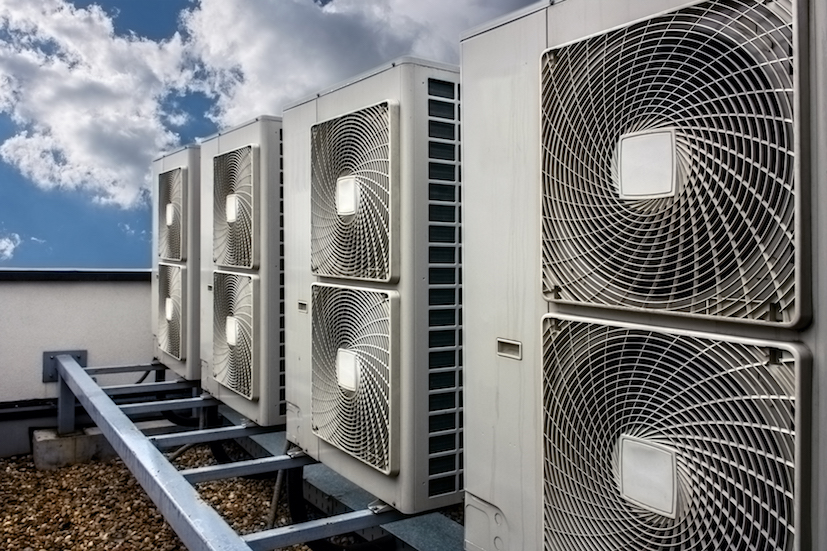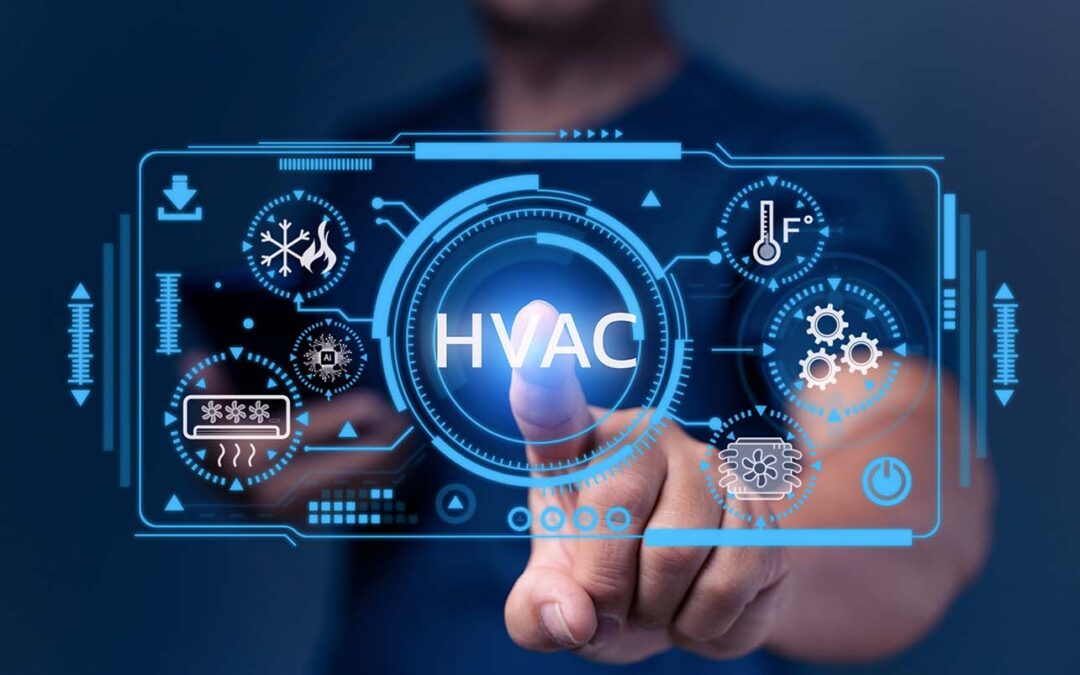In an era where technology is advancing at breakneck speed, the integration of smart analytics platforms for HVAC diagnostics has become a game-changer. These innovative solutions are transforming how Heating, Ventilation, and Air Conditioning (HVAC) systems are monitored and maintained. By leveraging advanced data analytics, businesses and homeowners can ensure optimal performance and energy efficiency of their HVAC systems.

Understanding Smart Analytics in HVAC
Smart analytics platforms are designed to collect and analyze vast amounts of data from HVAC systems. This data provides insights into the system’s performance, potential issues, and energy consumption patterns. By utilizing AI for indoor air quality monitoring, these platforms can predict problems before they become significant, allowing for proactive maintenance and reducing downtime.
The Benefits of Smart Analytics Platforms
The primary advantage of these platforms is their ability to provide real-time data and insights. This results in improved system efficiency, extended equipment lifespan, and reduced operational costs. By employing AI in predicting HVAC breakdowns, facilities can avoid unexpected failures and ensure continuous comfort.
How Smart Analytics Works
Smart analytics platforms utilize sensors to gather data on temperature, humidity, air quality, and system performance. This data is then analyzed using machine learning algorithms to identify patterns and anomalies. For instance, predictive maintenance solutions can alert users to potential issues, allowing them to address problems before they escalate.
Key Features of Smart Analytics Platforms
- Real-time monitoring and alerts
- Energy usage analytics
- Predictive maintenance
- Data visualization tools
- Integration with existing building management systems
Impact on Energy Efficiency
One of the most significant impacts of smart analytics platforms is their ability to enhance energy efficiency. By analyzing energy usage patterns, these platforms can recommend adjustments to improve efficiency. This not only reduces energy costs but also minimizes the environmental impact of HVAC systems.
Case Study: Successful Implementation
Several businesses have successfully implemented smart analytics platforms to optimize HVAC performance. For example, a large commercial building in New York reduced its energy costs by 25% within the first year of implementing a comprehensive analytics solution. This success was attributed to the platform’s ability to identify inefficiencies and suggest corrective actions.
Challenges and Considerations
While the benefits are clear, there are challenges associated with implementing smart analytics platforms. These include the initial cost of installation, the need for skilled personnel to manage the system, and potential data privacy concerns. However, the long-term benefits often outweigh these challenges.
Future Trends in HVAC Analytics
The future of HVAC diagnostics is promising, with advancements in AI and machine learning leading the charge. As technology evolves, we can expect even more sophisticated platforms that offer deeper insights and improved system management capabilities. For more information on how AI is transforming the HVAC industry, visit this insightful article.
The Role of AI in Smart Analytics
AI plays a crucial role in the functionality of smart analytics platforms. By automating data analysis, AI enables faster and more accurate insights, facilitating timely decision-making and proactive maintenance strategies.
Integration with Building Management Systems
Smart analytics platforms can seamlessly integrate with existing building management systems, providing a holistic view of building operations. This integration allows for coordinated control of various building systems, enhancing overall efficiency and comfort.
Conclusion
The integration of smart analytics platforms for HVAC diagnostics is revolutionizing the industry. By providing real-time data and insights, these platforms enable proactive maintenance and improved energy efficiency. As technology continues to advance, the capabilities of these platforms will only grow, offering even greater benefits to users.

Frequently Asked Questions
What are smart analytics platforms for HVAC diagnostics?
These platforms use advanced data analytics to monitor and diagnose HVAC systems, providing insights into performance and energy consumption.
How do these platforms improve energy efficiency?
By analyzing energy usage patterns, smart analytics platforms can recommend adjustments to optimize efficiency, reducing energy costs and environmental impact.
What challenges are associated with implementing these platforms?
Challenges include initial installation costs, the need for skilled personnel, and data privacy concerns. However, the long-term benefits often outweigh these challenges.
This article contains affiliate links. We may earn a commission at no extra cost to you.
